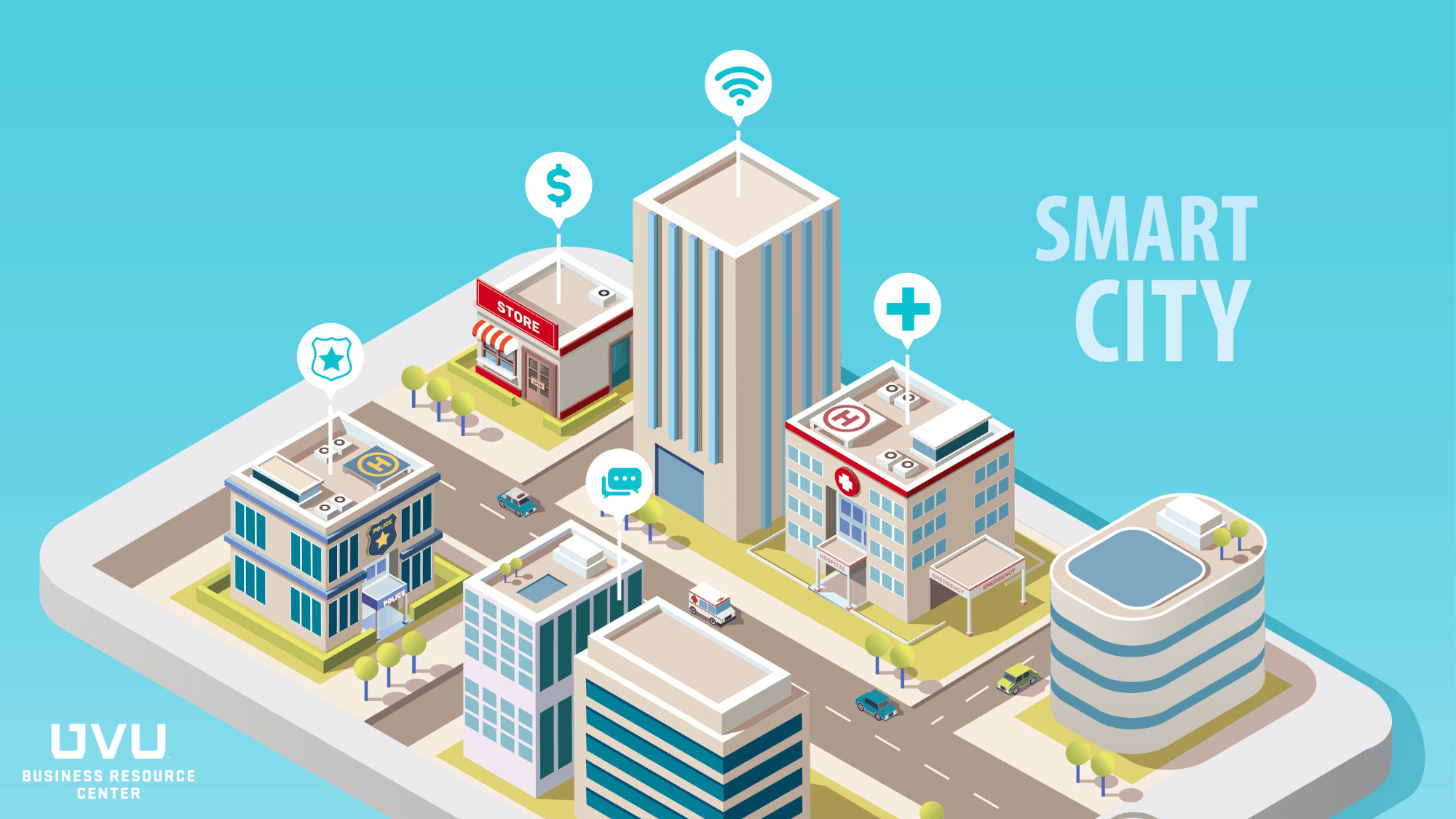

De-Mystifying the Future Ready City
There are many terms to describe the integration of technology to support city systems and service delivery. The term smart city has been widely adopted, although many struggle with its tech-centric focus. Many claim that the framing of smart cities is overly focused on “what” and “how” at the expense of the “why” and the “who.” From this desire to prioritize the diverse needs of citizens and residents emerges the idea of the Future Ready City.
A Future Ready City develops and implements plans “to become more sustainable, resilient, inclusive, digitally enabled, and human centric” across key urban domains. These domains include: (1) Environment and sustainability; (2) Urban Infrastructure; (3) Mobility and Transportation; (4) Safety, security, and resilience; (5) Citizen living, health, and trust. Within each of these intersecting areas, Future Ready Cities are simply better equipped to address both the known urban complexities, such as public health, crime, infrastructure, and economic and business conditions, while also being able to adapt and respond to unknown disruptions, including natural and human-made disasters.
So how are cities doing in the quest to become Future Ready?

